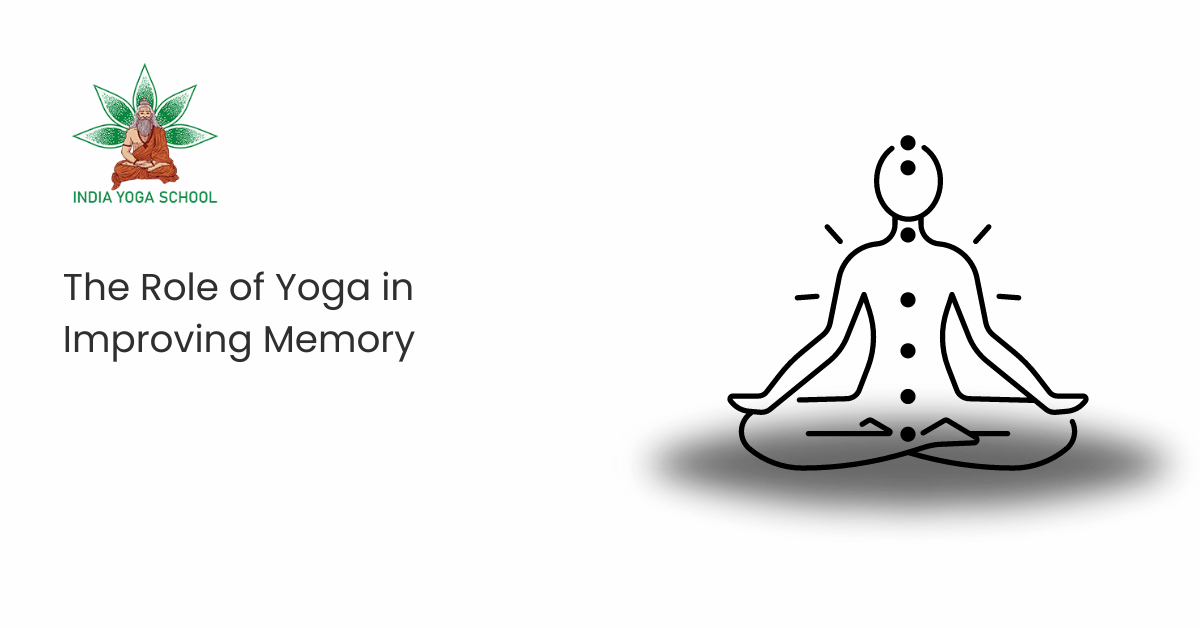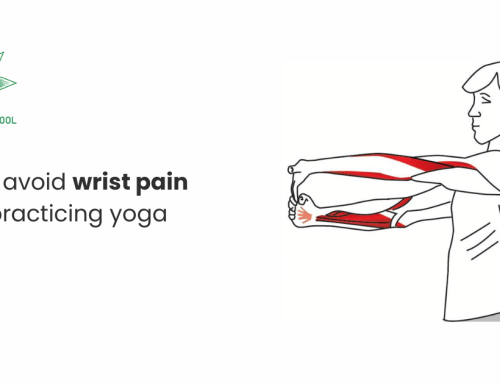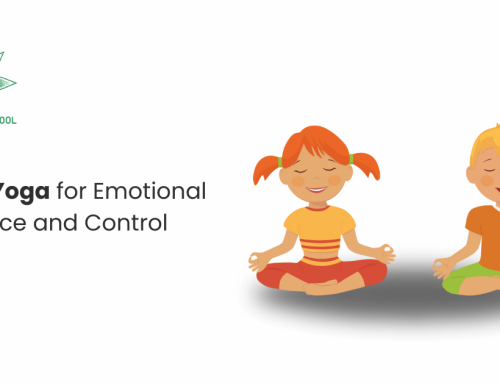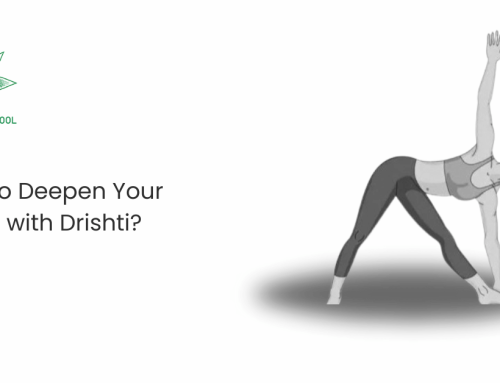Blood supply to the brain is increased in inverted poses because, while we are standing or sitting for long periods of time, blood flows to the lower extremities against gravity. According to renowned yoga teachers at India Yoga School, this lowers the brain’s oxygen levels and, in turn, its ability to function.
At some point in our lives, we all suffer from amnesia. It can be a natural part of getting older, the result of a health problem, or the earliest sign of dementia. Physical and mental workouts are two of the methods recommended by doctors to improve memory and stave off forgetfulness.
Yoga Poses To Improve Your Memory
One of the best ways to improve your memory is to go for a three-pronged yoga routine that can help you improve your memory.
- Do Inverted yoga poses
- Practice simple meditation lasting between 5 and 10 minutes
- 5 minutes of stress-reduction
Let’s learn about the process in detail:
Inverted yoga poses
Because we spend most of our waking hours standing or sitting, our blood naturally flows to our legs and feet, which can be improved by practicing inverted poses. This lowers oxygen delivery to the brain, thereby lowering its functional capacity.
The frontal lobe, the brain’s epicenter for cognition and memory, has its blood supply reduced by more than 70 percent under stressful conditions. The practice of relaxation directly aids the brain’s ability for cognition and retention.
When stimulated, the hippocampus stores and retrieves a neuronal pattern that was created when sensory inputs and other brain functions were knit together.
Research shows that just eight weeks of regular meditation can expand the hippocampus’ cortical thickness and improve learning and memory. It was previously believed that the hippocampus’ physiology was fixed and that it only reduced in size with age, leading to memory loss and, in some circumstances, Alzheimer’s disease.
The ability to remember things depends on one’s focus and awareness of the here and now. Our incessant, random wandering has a negative effect on our ability to focus and stay on task, all of which are necessary for a robust memory.
Now we know that even a few months of regular meditation practice can quiet the “monkey” brain. The enhanced cognitive function and emotional control of meditators’ expanded gray matter facilitate mindful decision-making.
Place your head and spine in a straight line and relax on your back. Always maintain a close relationship between your shins. Maintain a posture that is both comfortable and upright.
Also Read: 5 Tips for Teaching Your First Yoga Class
How to Do Sarvangasana
- Keep your palms facing down and your hands at your sides.
- Calm down and see yourself in the Sarvangasana position.
- Tighten your core muscles, then, with the support of your arms, slowly raise your legs to 90 degrees to your torso.
- The next step is to raise your body even higher until your shoulders are supporting all of your weight.
- The torso is now upright, with the chin pulled against the chest and the weight of the body resting on the shoulders. At the same time, position your palms under your rib cage to provide support.
- Fold your knees, bring your legs back over your head, and lower your spine until your hips are resting on the mat to return to the starting position. Then bring your legs down to the beginning position.
This completes one cycle, but you can gradually increase the amount of time spent in the final position by focusing on breathing deeply from the abdomen.
How To Do Sirshasana
- Sit in Vajrasana, with your knees bent and your feet flat on the floor. Place them on the ground so that the tips of your fingers form a triangle, and rest them there. Then rest your chin on your palms. Maintain a level head.
- Straighten your legs by slowly bringing your knees and buttocks off the ground.
- For liftoff, bend the knees, keep the heels near the buttocks, and slowly straighten the hips so that the thighs are perpendicular to the floor.
- Knees and calves should be straight so that the entire body forms a straight line and rests evenly on the head. Only expert yoga practitioners should try to hold this position for more than a minute.
- Lower the legs and thighs to the floor by slowly bending at the knees.
- Six, relax your hands and take a seat.
- Settle into Shavasana (Corpse Pose) for a few minutes of rest.
People who have health issues such as high blood pressure, glaucoma, or back pain should not do this asana. The ability to remember things depends on one’s focus and awareness of the here and now.
Practice of simple meditation lasting between 5 and 10 minutes
- Sit in Padmasana, Vajrasana, or merely cross-legged. A chair with back support may even be made available to you. The significance of ease and relaxation cannot be overstated.
- Remember to maintain a straight posture by checking your head and spine.
- Gently close your eyes and maintain them closed for the whole practice.
- Let your entire body unwind.
- Inhale deeply, and out of your mouth or to yourself as you exhale, say A-A-U-U-M-M.
- The enhanced cognitive function and emotional control of meditators’ expanded gray matter facilitate mindful decision-making.
5 minutes of stress-reduction
Just relax and meditate on your breathing for 5 minutes before you get up to end your practice.
Conclusion
According to renowned yoga teachers at India Yoga School, yoga can help you improve memory and cognitive function as it lowers the brain’s oxygen levels and, in turn, its ability to function. Now we know that even a few months of regular meditation practice can quiet the “monkey” brain and help you become more productive and happy.







Leave A Comment